Noke Koî Rapè Pot With Crystal, Aya Vine & kenē
£45.00
A Beautiful Pot for shamanic tobacco snuff from the Amazon, known as Rapéh.
Used in shamanic ceremonies, setting intentions , meditation & grounding.
100% Handmade by talented artisans from Marechal Thaumaturgo, a small city of the state of Acre, in the brazilian Amazon.
A Aureum Horus Supported Project Helping up & coming young artisans learn the traditions & skills.
Made from bamboo thats been carefully treated on fire, waxed line, dressed with Jungle Seeds, Crystal of power and Ayahuasca’s vine – also known as Jagube or Mariri.
Decorated by a synthetic paste with an unique technique of painting, at green, blue and purple colours.
Skillfully painted with indigenous symbols (kenē) on the pyropraph – an instrument of woodburning.
Out of stock
The Noke Koi tribe
Situated deep in the Brazilian Amazon and is the home to an extraordinarily diverse abundance of plants. ‘Noke Koî’ translates to ‘People of the Jaguar’ and are considered to be gifted healers and have a rich botanical healing tradition. Their visions are received while under the influence of Ayahuasca are then reproduced in the glass bead jewellery. They paint a picture with miniature glass-beads that reflect their ancestral dreaming strongly connected to the earth, their mother. Their bead-works contain unique symbolism that talk about their natural environment, social codes and spiritual connections.
By purchasing these hand crafts, you support these guardians of ancient, traditional knowledge.
Noke Koî or Noke Kuin – also known as Katukina – is one of the most famous brazillian amazon indigenous tribes.
Noke Koî are more than 1000 indigenous.
Just Kamãnawa village alone (the biggest Noke Koî village) is more than 300 indigenous.
Kamãnawa are known as the people of jaguar.
This special tribe lives in Cruzeiro do Sul, a small city of the state of Acre, which has around 8~9 villages in the same zone, one beside other (Kamãnawa, Varinawa, Satanawa, Waninawa, etc).
Rapé is considered to be a sacred, shamanic medicine. It’s traditionally prepared by a knowledgeable shaman of the tribe.
Because the medicine is sacred, the natives take rapé as a prayer calling upon the forces of Nature, the blessing of the animals of the forest, and power of medicinal plants to heal us and give us strength.
Rapé is administered with two different types of pipes, which are typically made from bamboo or bone. The first type of pipe requires the assistance of another person, who blows the snuff with a powerful blast into each nostril of the partner who is receiving the rapé. For that reason it is generally referred to as the blow pipe and, in Brazil, the 2-person pipe is called the “Tepi”.
The Appropriate Set & Setting for a Rapé Ritual.
Because the act of taking rapé is a prayer, the set and setting will impact the experience of your prayer. The best places to take rapé are outside in nature, at the altar during a medicine ceremony, or in a quiet sacred space indoors, with high-vibrational music playing. Avoid taking rapé where you might be interrupted – An ideal setting allows you to fully experience the effect of the rapé without distraction and have the space for quiet contemplation.
Rapé is considered to be a sacred, shamanic medicine. It’s traditionally prepared by a knowledgeable shaman of the tribe.
Because the medicine is sacred, the natives take rapé as a prayer calling upon the forces of Nature, the blessing of the animals of the forest, and power of medicinal plants to heal us and give us strength.
Rapé is administered with two different types of pipes, which are typically made from bamboo or bone. The first type of pipe requires the assistance of another person, who blows the snuff with a powerful blast into each nostril of the partner who is receiving the rapé. For that reason it is generally referred to as the blow pipe and, in Brazil, the 2-person pipe is called the “Tepi”.
The Appropriate Set & Setting for a Rapé Ritual
Because the act of taking rapé is a prayer, the set and setting will impact the experience of your prayer. The best places to take rapé are outside in nature, at the altar during a medicine ceremony, or in a quiet sacred space indoors, with high-vibrational music playing. Avoid taking rapé where you might be interrupted – An ideal setting allows you to fully experience the effect of the rapé without distraction and have the space for quiet contemplation.
| Weight | 50 g |
|---|---|
| Dimensions | 100 × 60 × 40 mm |
Be the first to review “Noke Koî Rapè Pot With Crystal, Aya Vine & kenē” Cancel reply
You must be logged in to post a review.
Related products
Ritual & Shamanic Tools
Frankincense

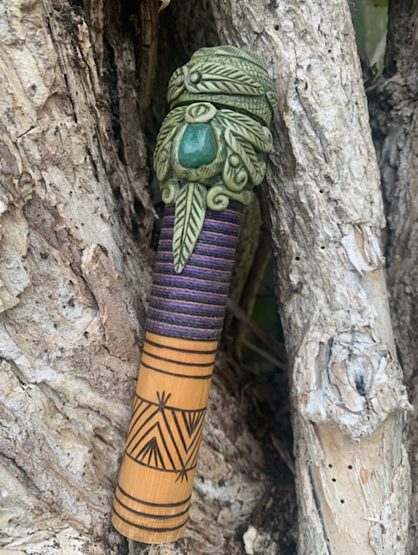
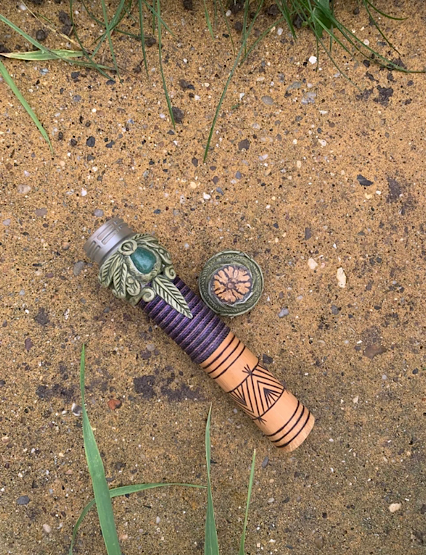
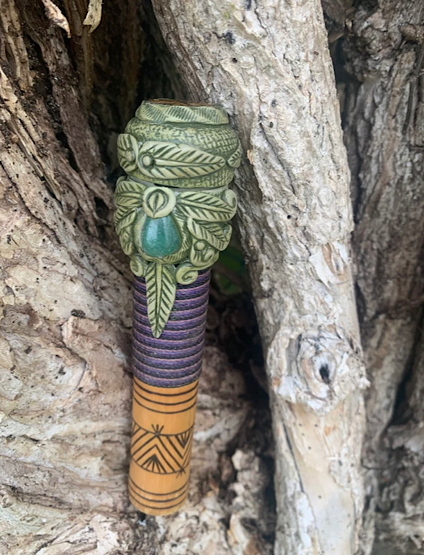

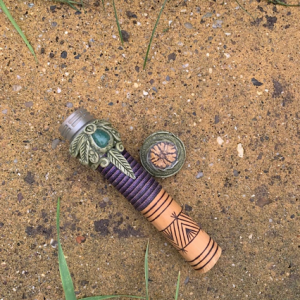
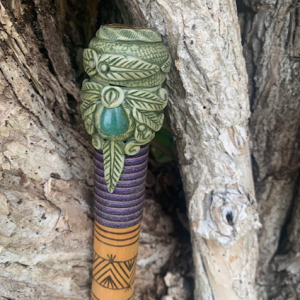
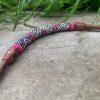
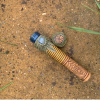
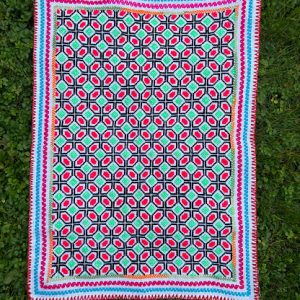
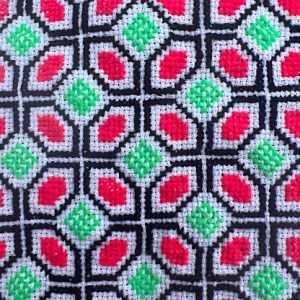
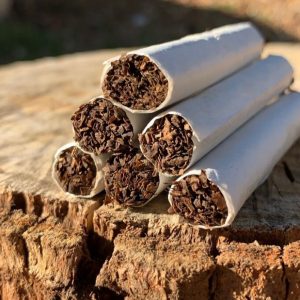


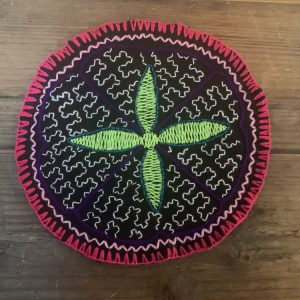
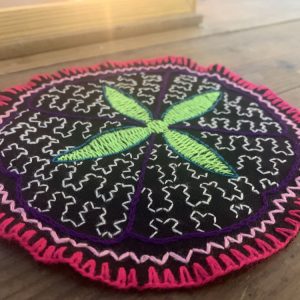
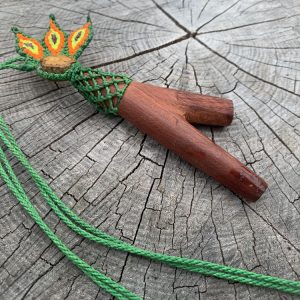
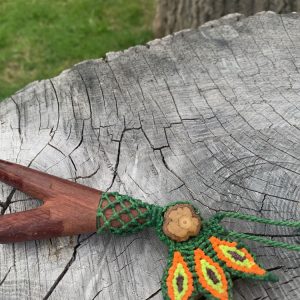
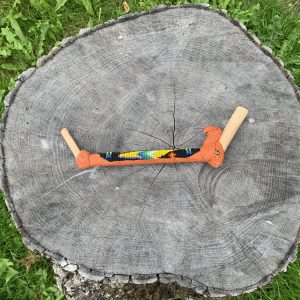
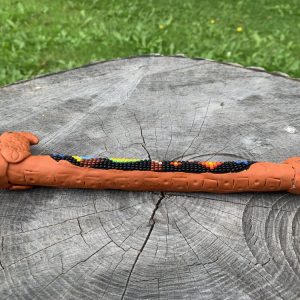
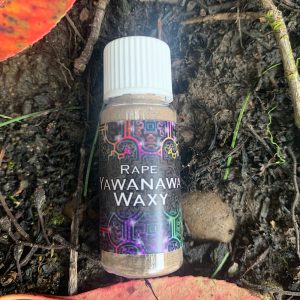
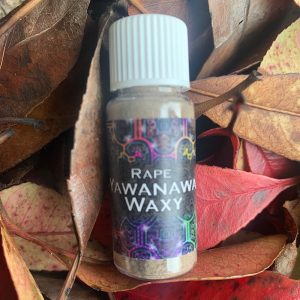
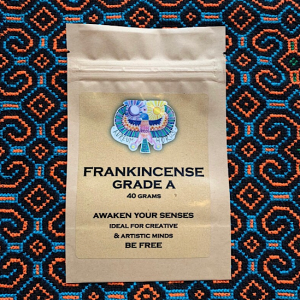

Reviews
There are no reviews yet.